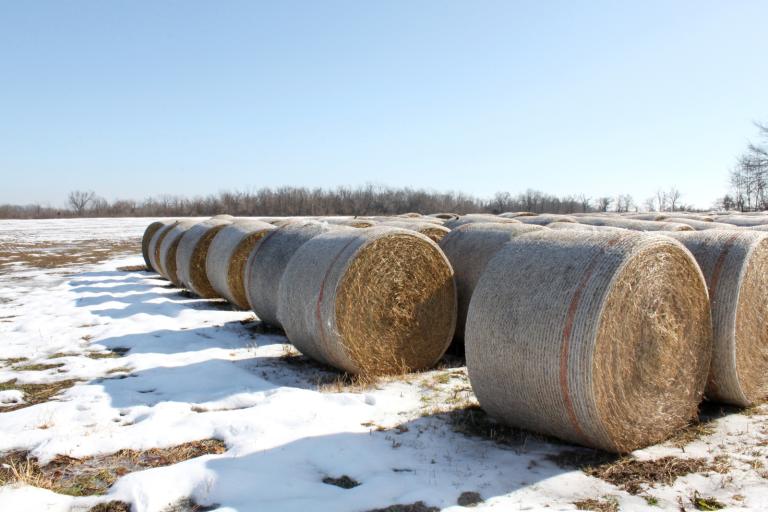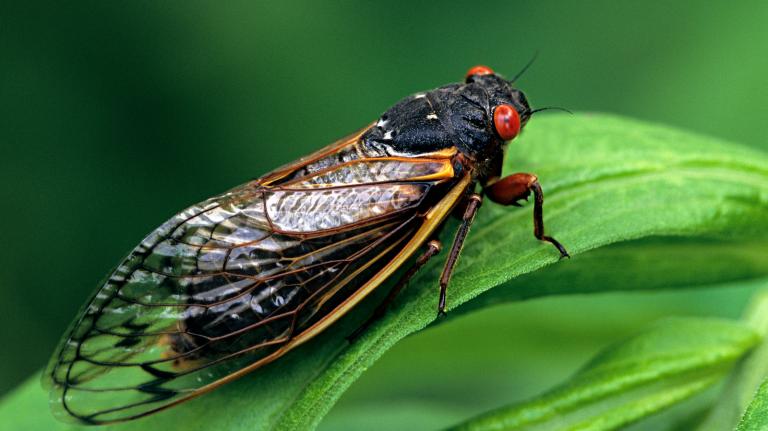Midwest soil is eroding at an alarming rate according to new, first-of-its-kind research.
Researchers at the University of Massachusetts found that the rate of soil erosion in the Midwestern US is 10 to 1,000 times greater than it was before modern agriculture practices reigned supreme across the region. The study found that before modern agriculture, the rate of soil erosion was vastly smaller than what is now deemed an acceptable amount of erosion by the United States Department of Agriculture, or USDA.
“The Midwest is losing soil, for most of these sites, about 100 times faster than it’s forming,” Isaac Larsen, a geoscience professor at the University of Massachusetts and a study co-author, told Grist.
Larsen, an Iowa native, said the loss of soil is a concern across the board, from the fragility of food production to concerns over groundwater pollution. He said the rich soil the Midwest is known for has been eroding and replaced with synthetic chemicals like fertilizers and pesticides.
A different study, released earlier this year by Larsen, found that the Midwest lost roughly two millimeters of soil per year—which is double what the USDA deems acceptable—in the last 160 years.
University of Massachusetts researchers found a method to get data on how much soil has been lost since before mass machinery and man disrupted the Earth’s surface.
By studying the amount of beryllium-10, a rare element found in stardust that makes its way to the Earth’s surface after distant stars explode, scientists were able to find untouched Midwestern fields and prairies with rich amounts of space dust. When compared to fields used for corn and soybean production across the Midwest, which included sites in Iowa, Minnesota, South Dakota, Nebraska, and Kansas, the tilled fields had far less concentration of beryllium-10.
Larsen said the Midwest has lower, natural erosion rates compared to other regions, but agriculture has sped up these rates drastically.
“If we can find ways to still have agriculture but with erosion rates that are comparable to these long term erosion rates, we’re able to sustain thick, organic, rich soil,” Larsen said.
The push for climate-smart agriculture and farming solutions has grown. Millions of dollars have poured in from private corporations and nonprofits in recent years and now the federal government is pushing for $20 billion for farmers to adopt “climate smart” practices.
Generally, two methods seen to help protect soil health are cover crops, fusing vegetation not meant to be harvested in between harvested crops to protect the soil from erosion, and no-till farming, where growers try not to disturb the soil during planting and harvesting as much as possible, to ensure nutrients stay locked into the ground and erosion doesn’t occur.
Both of these methods are used in combination with changes to harvests, such as planting perennial crops, across the country as the nation’s agricultural industry adapts to a warming climate. While the effectiveness of popular methods like cover crops has been challenged, despite more and more Midwest farmers using them, agriculture advocates continue to push for more farmers to adopt less intrusive methods to stop erosion.
Dr. Cathy Day, climate policy coordinator for National Sustainable Agriculture Coalition, or NSAC, an advocacy organization, said climate adoption and soil health vary by region, from the growth of agroforestry to a push for no fertilizer, but across the board, more funding is needed for farmers to learn and adopt practices to prevent soil loss. She said federal legislation was at the top of her mind to help farmers and growers look to change their methods.
“We’re asking that they put a priority on soil health, and put a priority on climate mitigation and adaptation as well,” Day said.



